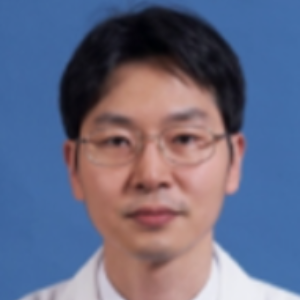Title : Dynamic foot pressure during walking as a predictor of bone mineral density and osteoporosis risk
Abstract:
Physical activity or loading can affect the bone mineral density (BMD) of the human body. Here, we investigated whether BMD and osteoporosis could be predicted from dynamic foot pressure during gait.
We included patients who underwent dual-energy X-ray absorptiometry and pedobarography at a tertiary referral center. The BMDs of the femoral neck and total femur were assessed, and we measured the mean and maximum pressures at various locations on the foot, including the hallux, lesser toes, 1st metatarsal head, 2nd/3rd metatarsal heads, 4th/5th metatarsal heads, middle foot, medial heel, and lateral heel. Our findings indicated that femoral neck BMD was significantly associated with the maximum pressure of the 2nd/3rd metatarsal heads (p=0.002) and the mean pressure of the hallux (p=0.039) (R2= 0.247). Additionally, total femur BMD was significantly associated with the maximum pressure of the hallux (p<0.001) and the maximum pressure of the 2nd/3rd metatarsal heads (p=0.005) (R2= 0.315).
ROC curve analysis revealed that the maximum pressure of the 2nd/3rd metatarsal heads (area under the ROC curve (AUC): 0.798) and the maximum pressure of the hallux (AUC: 0.733) had predictive value for diagnosing osteoporosis.
Our study revealed that foot plantar pressure during gait is significantly associated with femoral BMD and could potentially be used as a fair predictor of osteoporosis. This information could be used to develop a wearable device that measures plantar foot pressure for predicting BMD and osteoporosis.
Audience Take Away:
Osteoporosis, Plantar pressure, Foot biomechanics. Explain how the audience will be able to use what they learn?
The audience can apply the study's insights to empower themselves with a non-invasive method of assessing bone health, potentially predicting osteoporosis, and participating in preventive measures. The development of wearable devices could further democratize access to this information, making it a valuable tool for both individuals and healthcare professionals.
How will this help the audience in their job? Is this research that other faculty could use to expand their research or teaching? Does this provide a practical solution to a problem that could simplify or make a designer’s job more efficient? Will it improve the accuracy of a design, or provide new information to assist in a design problem? List all other benefits.
The research offers practical applications for healthcare professionals, educators, researchers, and designers, providing a foundation for further studies and potential innovations in wearable device development for bone health monitoring. The implications of this research extend to both preventive healthcare and advancements in diagnostic and monitoring tools.



